
Curious about lime plaster and how to use it in your next home project?
We will explore what lime plaster is, its benefits compared to other types of plaster, and how to prepare for the plastering process.
From the tools and materials needed to step-by-step instructions on applying the plaster, we've got you covered.
Discover tips and tricks for successful lime plastering and how to maintain it for long-lasting results. Let's dive in!

Table of Contents
Lime plaster is a versatile material with a long history of use in construction. It is known for its breathability and is commonly used in both historical and modern plastering applications for walls.
Originating from ancient times, lime plaster has been a favored choice due to its natural composition and ability to regulate moisture within walls. This traditional material dates back to civilizations like the Romans, who harnessed its remarkable properties for structures that still stand today.
Lime plaster is revered for its durability, often outlasting modern alternatives. Its ability to flex with fluctuations in humidity makes it suitable for a variety of wall types, including stone, brick, and even timber. The process of applying lime plaster involves a skilled artisan who mixes lime, sand, and water to create a smooth finish that can be tinted or polished to achieve a distinctive appearance.
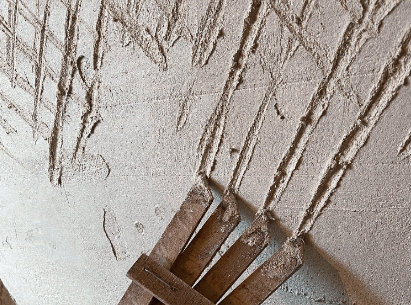
Lime, in the context of construction, refers to a binding material used in various applications such as plastering walls. It is often combined with aggregates to create different types of plasters, including insulating render and gypsum plaster.
Lime, a versatile and ancient building material, is primarily composed of calcium oxide (quicklime) or calcium hydroxide (slaked lime), sourced from limestone or chalk through a process called calcination. Its unique properties, such as plasticity, adhesion, and permeability, make it ideal for creating durable and weather-resistant plasters.
Depending on the application, lime plasters can vary from hydraulic lime, which is set by reaction with water, to traditional lime putty for historic restoration projects.
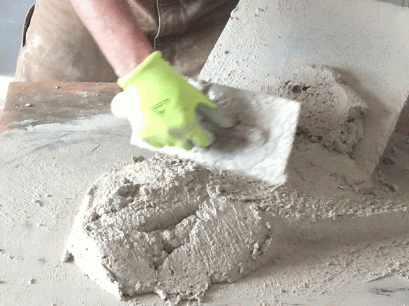
Plaster is a versatile material used for coating walls and ceilings, among other applications. Lime plaster is a specific type known for its breathability and traditional use. The setting process of plaster involves various stages, and there are both traditional and modern types available.
Lime plaster stands out due to its unique characteristic of allowing walls to ‘breathe’, preventing moisture accumulation, and promoting healthier indoor environments. This traditional material has been utilized for centuries, showcasing its durability and aesthetic appeal. The setting process of plaster typically includes the application of multiple coats, such as the scratch coat, brown coat, and finish coat, each serving a specific purpose in ensuring a smooth and durable surface. Traditional materials like sand, lime, and water are often combined to create these coats, while modern variations may incorporate additives for enhanced performance.
Gain insights: What Is Skimming In Plastering
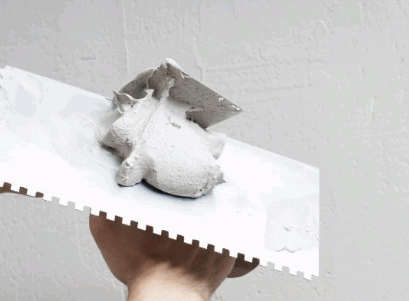
There are several compelling reasons to choose lime plaster for your property. Its breathability, insulating properties, and ability to regulate humidity make it a preferred material for maintaining a healthy indoor environment.
One of the key advantages of lime plaster is its breathability, allowing moisture to escape instead of getting trapped within the walls, which can lead to mold and dampness issues. This feature not only enhances the air quality inside the property but also contributes to the structural integrity of the walls over time.
The insulating qualities of lime plaster help in regulating indoor temperatures, keeping the property cool in summer and warm in winter. This natural insulation reduces the reliance on heating and cooling systems, leading to energy savings and increased comfort for occupants.
Lime plaster's ability to balance humidity levels is beneficial for properties located in regions with varying weather conditions. By absorbing and releasing moisture as needed, it helps maintain a stable and comfortable environment inside the property, promoting a healthier living space.
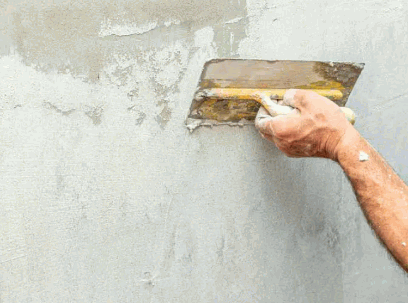
The benefits of lime plaster extend beyond its aesthetic appeal. Its breathability ensures a healthy environment by allowing walls to regulate moisture levels effectively. The insulating properties of lime plaster contribute to energy efficiency in buildings.
Lime plaster acts as a natural insulator, helping to maintain a stable indoor temperature regardless of external weather conditions. This quality not only enhances the occupants' comfort year-round but also reduces the reliance on heating and cooling systems, leading to energy savings.
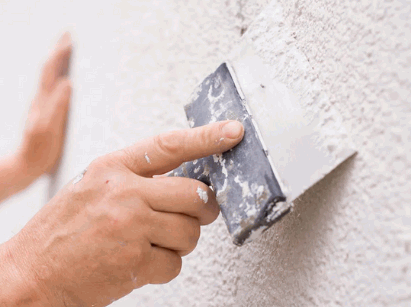
When compared to other types of plaster such as modern gypsum-based or cement plasters, lime plaster stands out for its breathable nature and compatibility with traditional building methods. It offers a more environmentally friendly alternative with unique aesthetic qualities.
Unlike gypsum-based plasters, which can trap moisture and lead to issues like mold growth, lime plaster allows buildings to breathe, helping regulate humidity levels naturally. This breathability is crucial for older structures or historical buildings, as it contributes to their preservation over time.
In terms of application, lime plaster requires a different technique compared to gypsum or cement plasters. Its application involves multiple layers and requires skilled craftsmanship to achieve a smooth finish. Despite its labor-intensive process, the result is a beautiful, textured surface that exudes a sense of history and authenticity.
Choosing lime plaster over conventional options is not only an aesthetic decision but also an environmentally conscious one. Lime plaster is eco-friendly, as it has a lower carbon footprint and is often sourced locally, reducing transportation emissions. It also has the added benefit of being recyclable and biodegradable, making it a sustainable choice for both new construction projects and restoration work.
Proper preparation is key to successful lime plastering. Before starting the plastering process, ensure you have the necessary tools and materials ready. Thorough surface preparation and understanding the role of setting agents are crucial steps in achieving a high-quality finish.
Among the essential tools for lime plastering are a hawk, trowel, plastering float, and a mixing bucket. Materials needed include lime putty, sand, water, and a measuring tool. It's important to ensure the surface is clean, free of debris, and properly hydrated before applying the plaster. Setting agents like animal hair or fiber help enhance the plaster's strength and durability. These agents also contribute to reducing cracking and improving adhesion.
To prepare for lime plastering, gather essential tools such as a hawk and trowel, along with materials like the specific lime mix, aggregates, and setting agents. Understanding the properties of each component is vital for achieving a successful plastering result.
Next, having a quality lime mix is crucial for the plaster to adhere effectively. Aggregates, which vary in size and shape, help enhance the strength and durability of the plaster by providing stability.
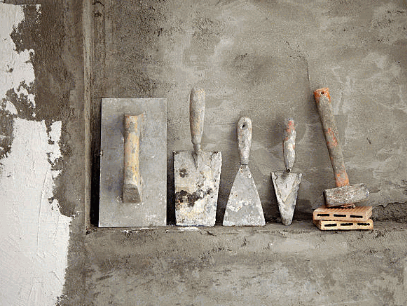
Preparing the surface before applying lime plaster is crucial for a durable finish. Whether working on solid walled structures or intricate plasterwork, ensuring the surface is clean, dry, and free from any previous finishes like lime wash is essential for proper adhesion of the plaster.
One of the key steps in surface preparation for lime plastering is to thoroughly clean the surface to remove any dirt, dust, or debris that could hinder adhesion. This can be achieved by scrubbing the surface with a stiff brush or using a vacuum cleaner to ensure a smooth and dust-free base.
It is important to ensure that the surface is completely dry before applying the plaster to prevent any moisture-related issues that could compromise the finish. Check for any signs of dampness and address them before proceeding with the plastering process.
Plastering with lime involves a series of steps to ensure a smooth and durable finish. From mixing the lime plaster to applying multiple coats and adding finishing touches, each step plays a crucial role in achieving a high-quality result.
Before diving into the plastering process, gather all the necessary tools and materials including lime powder, sand, water, a mixing container, trowels, a hawk, and safety gear. Begin by preparing the lime mixture by combining the lime powder with sand and water in the appropriate ratios to create a smooth paste. Proper mixing is essential for the plaster to adhere well and set correctly.
Your patience and attention to detail during each step will be rewarded with a beautifully plastered wall.
The first step in plastering with lime is preparing the mix. Combining lime in its powder form with the appropriate aggregates and setting agents is essential for creating a workable plaster mixture. Depending on the desired finish, you can choose between traditional or modern lime types.
Traditional lime plaster typically consists of lime that has been slaked and aged, offering a softer and more breathable finish compared to modern hydraulic lime. On the other hand, modern lime types, such as hydraulic lime, have hydraulic properties that allow for quicker setting times and increased durability.
When mixing the lime plaster, it is crucial to achieve the right balance of materials to ensure proper adhesion and strength. The aggregates added to the mix not only provide bulk but also contribute to the overall texture and strength of the plaster. Setting agents, like hair or fiber, help enhance the plaster's flexibility and prevent cracking.
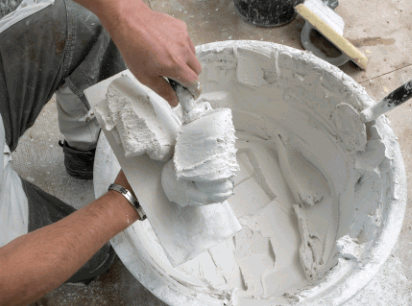
The application of the first coat of lime plaster is a critical stage in the process. Ensuring an even application with the right mix of aggregates and hardeners is essential for building a solid foundation for subsequent layers.
Before starting the application, it is crucial to prepare the surface by cleaning it thoroughly and ensuring it is damp but not saturated with water. Once the surface is ready, mix the lime plaster according to the manufacturer's instructions, making sure to include the appropriate amount of aggregate and hardener to enhance the coat's strength and durability. Begin applying the plaster evenly using a hawk and trowel, ensuring that the layer is uniform in thickness. Pay attention to corners and edges to achieve a consistent finish across the entire surface.
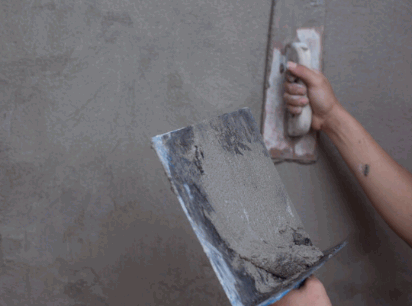
After the first coat has been set, applying the second coat of lime plaster is crucial for achieving a smooth and robust finish.
Choosing suitable aggregates, such as fine sand, is essential to enhance the strength and durability of the lime plaster.
The second coat fills in any imperfections left by the initial layer and helps to create a more uniform surface.
As the second layer is applied, the setting process begins, enabling the lime to cure and harden properly.
This curing process is fundamental as it allows the lime plaster to reach its full strength and provide long-lasting protection to the underlying surfaces.
The final step in lime plastering involves adding finishing touches to achieve the desired appearance. Whether opting for a traditional lime wash or modern lime plasters with breathable paint, these final details enhance the aesthetics and durability of the plastered surface.
In terms of lime plastering, the finishing touches are crucial in not only enhancing the visual appeal but also in ensuring the longevity of the surface. A carefully selected finish, whether it is a lime wash that provides that classic, textured look or a more contemporary approach with breathable paint, adds a protective layer to the plaster. This protective layer shields the lime plaster from external elements, such as moisture and UV rays, which can impact its structural integrity over time.
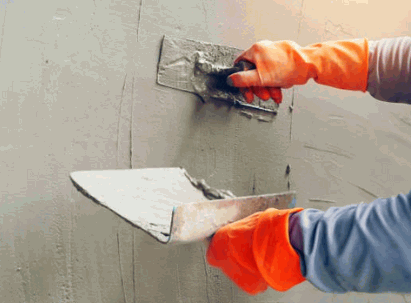
Mastering the art of lime plastering requires attention to detail and the application of specific tips and tricks. Keeping the plaster moist, using a hawk and trowel effectively, and smoothing out imperfections are key strategies for achieving a successful plastering outcome.
Properly preparing the substrate is crucial before applying lime plaster. Ensure a clean, dust-free surface to promote adhesion. Moisture control is paramount throughout the process, preventing the plaster from drying too quickly and leading to cracks.
Utilizing the right tools, such as a hawk and trowel, allows for precise application and a smooth finish. Pay attention to proper techniques like feathering the edges to achieve a flawless result.
Ensuring that the lime plaster remains adequately moist throughout the setting process is crucial for achieving optimal adhesion and strength.
The use of setting agents can help regulate the moisture levels and enhance the insulating properties of the final plastered surface. Proper moisture control is vital because it affects the chemical reaction between the lime and water, directly impacting the hardening and durability of the plaster.
By maintaining the right moisture content, the lime plaster can cure uniformly, minimizing cracks and ensuring a long-lasting finish. Controlling moisture levels in lime plastering is key for improving energy efficiency, as proper insulation reduces heat transfer and contributes to a more comfortable indoor environment.
Employing the right tools like a hawk and trowel is essential for achieving a smooth and uniform plaster finish. These tools facilitate the application of the plaster mix, ensuring even coverage and proper incorporation of aggregates for enhanced strength and durability.
In terms of lime plastering, the hawk acts as a portable platform to hold the plaster while you work. Its flat surface allows for easy access to the plaster, enabling quick and efficient application. On the other hand, the trowel plays a crucial role in spreading and smoothing the plaster, creating a seamless finish. Choosing high-quality tools is paramount for a professional outcome; opt for durable, rust-resistant hawks and well-balanced trowels that suit your grip and hand size. Practice handling these tools to master the proper pressure and angle for precise application, ensuring a flawless plaster surface every time.
Addressing imperfections in the plaster surface is vital for achieving a flawless final result. By carefully smoothing out any irregularities and ensuring proper incorporation of aggregates, you can enhance the appearance and durability of the lime plaster finish.
One common imperfection that needs attention in lime plastering is the presence of hairline cracks, which can detract from the overall aesthetics and structural integrity of the surface. To address these cracks, it is essential to use a fine filler or putty specifically designed for lime plasters.
Another imperfection to look out for is known as 'popping,' where small air bubbles appear on the surface during the drying process.
These can be tackled by gently scraping off the affected area and reapplying a thin layer of lime plaster in a controlled manner.
By meticulously inspecting the plaster surface for imperfections and employing the appropriate techniques to correct them, you can achieve a smooth and impeccable finish that highlights the beauty and longevity of lime plaster.
Proper maintenance is essential for preserving the integrity and longevity of lime plaster surfaces. Regular cleaning, timely repairs, and preventive measures against cracks and damage can significantly extend the lifespan of lime-plastered walls.
In terms of cleaning lime plaster, it is crucial to use gentle methods that do not damage the surface. Avoid harsh chemicals and opt for a soft brush or cloth dampened with water. For tougher stains, a mild soap solution can be used sparingly.
Repairing lime plaster involves careful assessment of any cracks or deterioration. Before applying a fresh coat of plaster, ensure that the area is clean and free of debris. Properly mix and apply the new plaster to seamlessly blend with the existing surface.
To prevent issues like cracks, maintaining consistent humidity levels in the room is important. Adequate ventilation can also help prevent moisture buildup, which can lead to damage over time.
Regular cleaning and prompt repairs are essential for ensuring the longevity and appearance of lime-plastered surfaces. Using compatible materials like natural hydraulic lime or Cornish lime for repairs can help maintain the structural integrity and aesthetic appeal of the plaster.
In terms of cleaning lime-plastered surfaces, it is important to use gentle methods to avoid damaging the delicate surface. A soft brush or a vacuum with a brush attachment can be used to remove dust and debris without causing scratches. Avoid using harsh chemicals or abrasive tools that could harm the lime plaster.
For repairs, it is crucial to match the original lime plaster as closely as possible. Natural hydraulic lime or Cornish lime are ideal choices due to their compatibility and ability to bond seamlessly with the existing plaster. These materials also allow for the necessary flexibility to accommodate the movement of the building without cracking.
Preventing cracks and damage in lime-plastered walls requires proactive measures to address issues like humidity fluctuations and structural stresses. Proper maintenance, humidity control, and periodic inspections are key factors in preserving the structural integrity of lime plaster surfaces.
Regular examinations of lime-plastered walls play a crucial role in detecting potential problems before they escalate into significant damage. By conducting routine inspections, homeowners can identify hairline cracks or areas of deterioration early on, allowing for prompt repairs to prevent further degradation. Monitoring and regulating indoor humidity levels can help minimize the risk of moisture-related issues that can weaken the plaster over time. By being vigilant and proactive in maintenance practices, individuals can ensure the longevity and resilience of lime plaster walls.